In the field of medical injection molding, the quality of products directly relates to the health and safety of patients. Sinks and air pores, as common injection - molding defects, not only affect the appearance of products but may also reduce their mechanical properties and sealing performance, hindering the function of medical devices. Therefore, it is of great practical significance to deeply explore methods for solving these defects.
Causes and Solutions of Sink Defects
-
Cause Analysis
Sinks usually appear in thick - walled sections or reinforcing ribs of injection - molded products. The main cause lies in the uneven shrinkage of plastics during the cooling process. When the internal plastic of the product shrinks, if the external plastic cannot be supplemented in time, sinks will form on the surface. In addition, factors such as insufficient injection pressure, short holding time, and improper mold temperature (either too high or too low) may also lead to insufficient filling of plastics in the cavity, thus causing sinks.
-
Solution Strategies
-
Optimize Process Parameters
-
Increase Injection Pressure: Appropriately increasing the injection pressure can make the plastics fill the cavity more fully, reducing shrinkage depressions caused by insufficient filling. However, it should be noted that excessive pressure may lead to other defects such as flash, so reasonable adjustments should be made while ensuring product quality.
-
Extend Holding Time: The holding stage can continuously supplement plastics into the cavity to compensate for the volume changes caused by shrinkage. By extending the holding time, the product can be made more dense internally, effectively reducing the occurrence of sinks.
-
Adjust Mold Temperature: According to the characteristics of plastic materials, reasonably control the mold temperature. For some crystalline plastics, appropriately increasing the mold temperature helps the plastics to fully crystallize and reduce shrinkage. For non - crystalline plastics, lowering the mold temperature can speed up the cooling rate and reduce the shrinkage time.
-
Improve Mold Design
-
Optimize Gate Location and Size: A reasonable gate location can enable the plastics to fill the cavity evenly, reducing shrinkage differences caused by uneven filling. At the same time, appropriately increasing the gate size can improve the flow speed and filling capacity of the plastics, reducing the probability of sink formation.
-
Add Venting Slots: Setting venting slots at appropriate positions in the mold cavity can timely exhaust the gas in the cavity, avoiding the pressure generated by gas compression that hinders the filling of plastics, thus reducing the formation of sinks.
-
Material Selection and Pretreatment
-
Select Appropriate Plastic Materials: Different plastic materials have different shrinkage rates. Appropriate plastic materials with a small shrinkage rate should be selected according to the product requirements. At the same time, consider the fluidity and processability of the materials to ensure that they can fill the cavity smoothly during injection molding.
-
Pre - dry the Materials: Plastic materials may absorb moisture during storage. When water vaporizes during injection molding, it will produce gas, leading to defects such as sinks in the products. Therefore, the materials should be fully pre - dried before injection molding to remove the moisture.
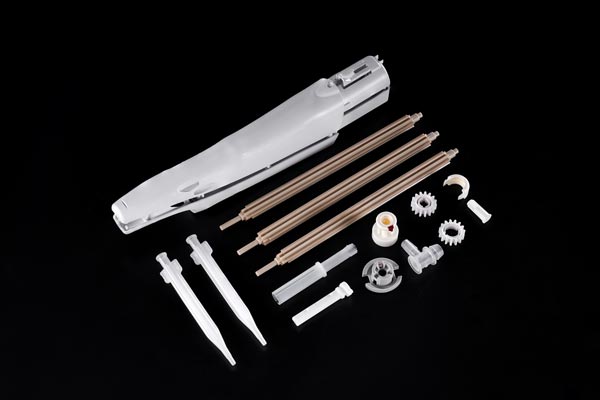
Causes and Elimination Methods of Air Pore Defects
-
Root Cause Exploration
Air pores are voids existing inside or on the surface of injection - molded products. The main causes include the vaporization of water or volatile substances in the plastics, the failure to exhaust the gas in the cavity in time, and the generation of gas due to plastic decomposition. When these gases cannot be completely exhausted from the cavity before the plastics solidify, air pores will form in the products.
-
Elimination Methods
-
Control Material Quality
-
Strict Drying Treatment: As mentioned above, fully pre - dry the plastic materials to keep their moisture content at an extremely low level, preventing water from vaporizing and producing gas during injection molding. Different types of plastic materials have different requirements for drying temperature and time, which should be carried out according to the material instructions.
-
Avoid Using Damp or Degraded Materials: Damp materials are prone to produce air pores, and degraded materials may decompose and produce gas during injection molding. Therefore, strictly control the material quality to ensure the use of fresh and dry materials.
-
Optimize Injection Molding Process
-
Increase Injection Speed: An appropriate injection speed can enable the plastics to fill the cavity quickly, reducing the residence time of the plastics in the cavity, thus reducing the possibility of gas generation due to the vaporization of volatile substances and plastic decomposition. However, excessive injection speed may lead to turbulence and eddy currents, generating new gases, so a suitable balance needs to be found.
-
Adjust Back Pressure: Back pressure can increase the density of the molten material and exhaust the gas in it. By reasonably adjusting the back pressure, the molten material can be made more uniform and dense, reducing the formation of air pores. However, excessive back pressure will increase the load on the equipment and reduce the production efficiency, so adjustments should be made according to the actual situation.
-
Control Melting Temperature: Excessive melting temperature will lead to plastic decomposition and gas generation, while too low a temperature will make the fluidity of the plastics poor and prone to air pores. Therefore, accurately control the melting temperature according to the characteristics of the plastic materials to ensure it is within an appropriate range.
-
Improve Mold Design
-
Optimize Venting System: In addition to adding venting slots, other venting methods such as using venting steel and breathable plugs can also be adopted to improve the venting capacity of the cavity. At the same time, ensure the smoothness of the venting system to avoid blockage of the venting slots.
-
Reasonably Design Runner and Gate: The design of the runner and gate should ensure that the plastics can fill the cavity smoothly and evenly, reducing the gas retention caused by poor flow. For example, using a hot - runner system can reduce the pressure loss in the runner and improve the fluidity and filling effect of the plastics.
Comprehensive Management and Continuous Improvement
To solve the sinks and air pores in medical injection - molded products, it is not only necessary to start from aspects such as process parameters, mold design, and material selection but also to establish a perfect quality management system. Regularly detect and analyze the products, timely identify potential problems, and take corresponding measures for improvement. At the same time, strengthen cooperation with suppliers to ensure the stable and reliable quality of raw materials. In addition, continuously pay attention to the latest technologies and research results in the industry, and constantly introduce new processes and equipment to improve the quality and efficiency of injection molding.
In conclusion, solving the sinks and air pores in medical injection - molded products is a systematic project that requires a comprehensive consideration of multiple factors. By optimizing process parameters, improving mold design, controlling material quality, and establishing a perfect quality management system, the occurrence of these defects can be effectively reduced, improving the quality and reliability of medical injection - molded products and providing a strong guarantee for the health and safety of patients.
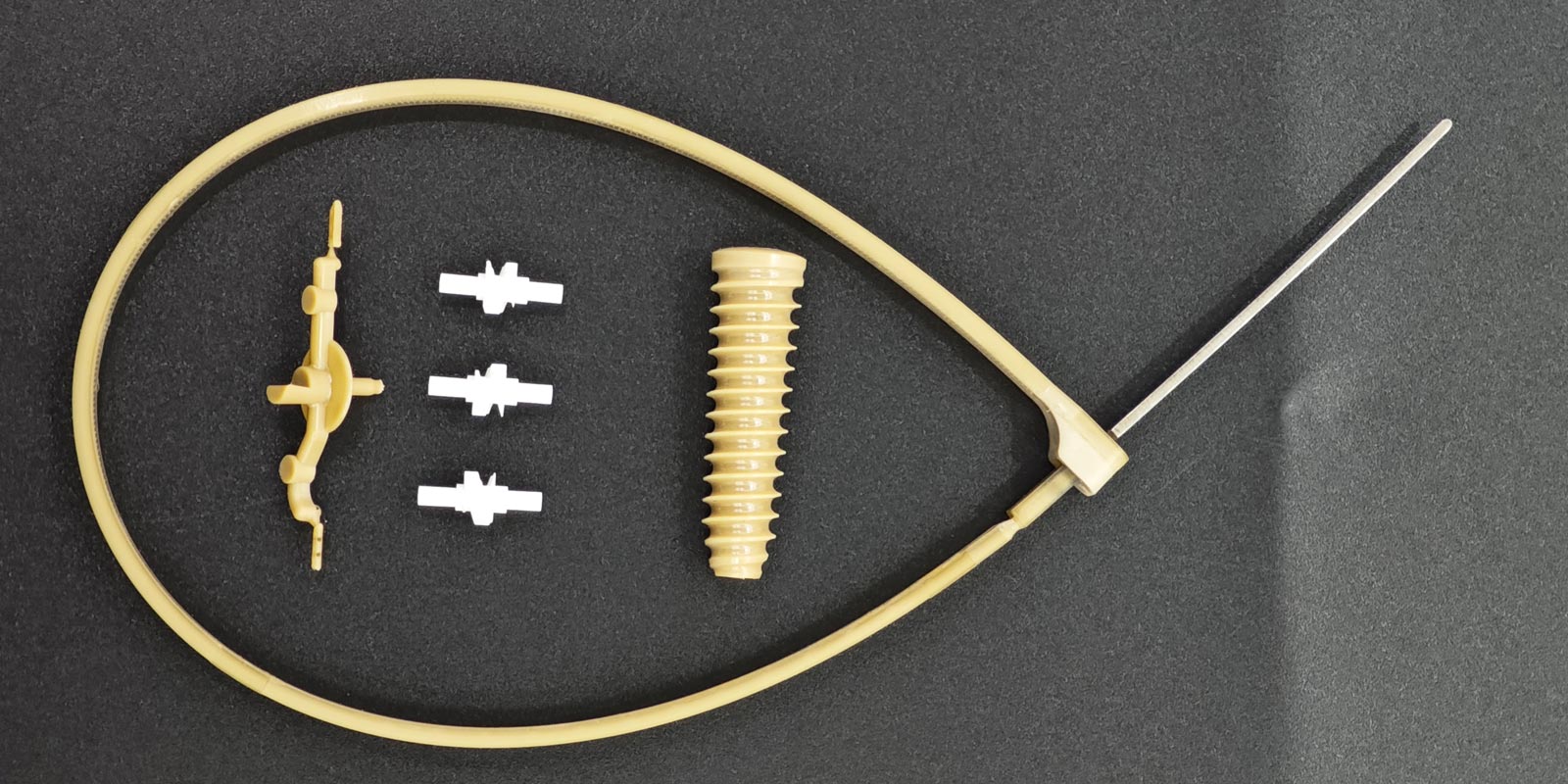
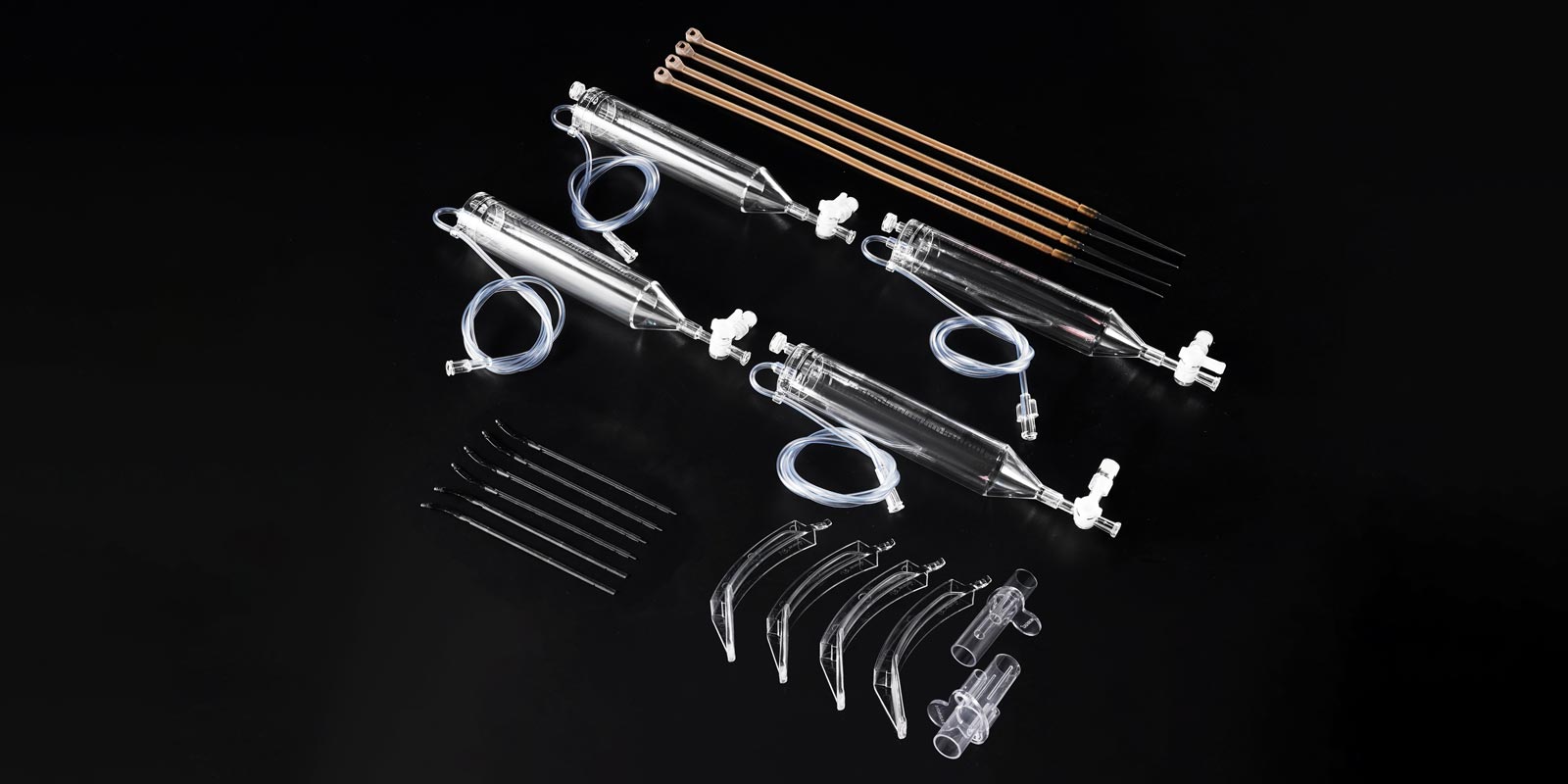
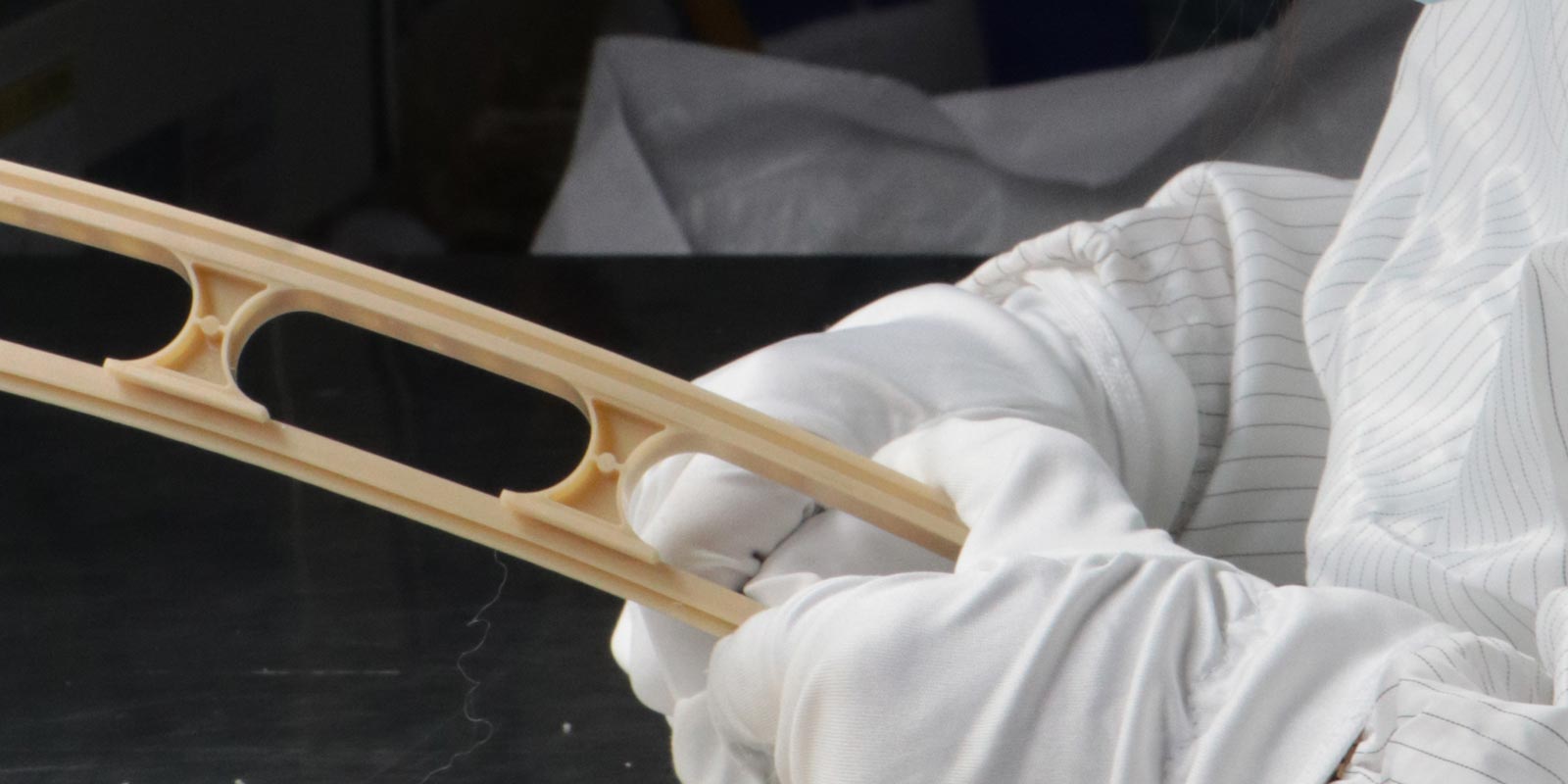
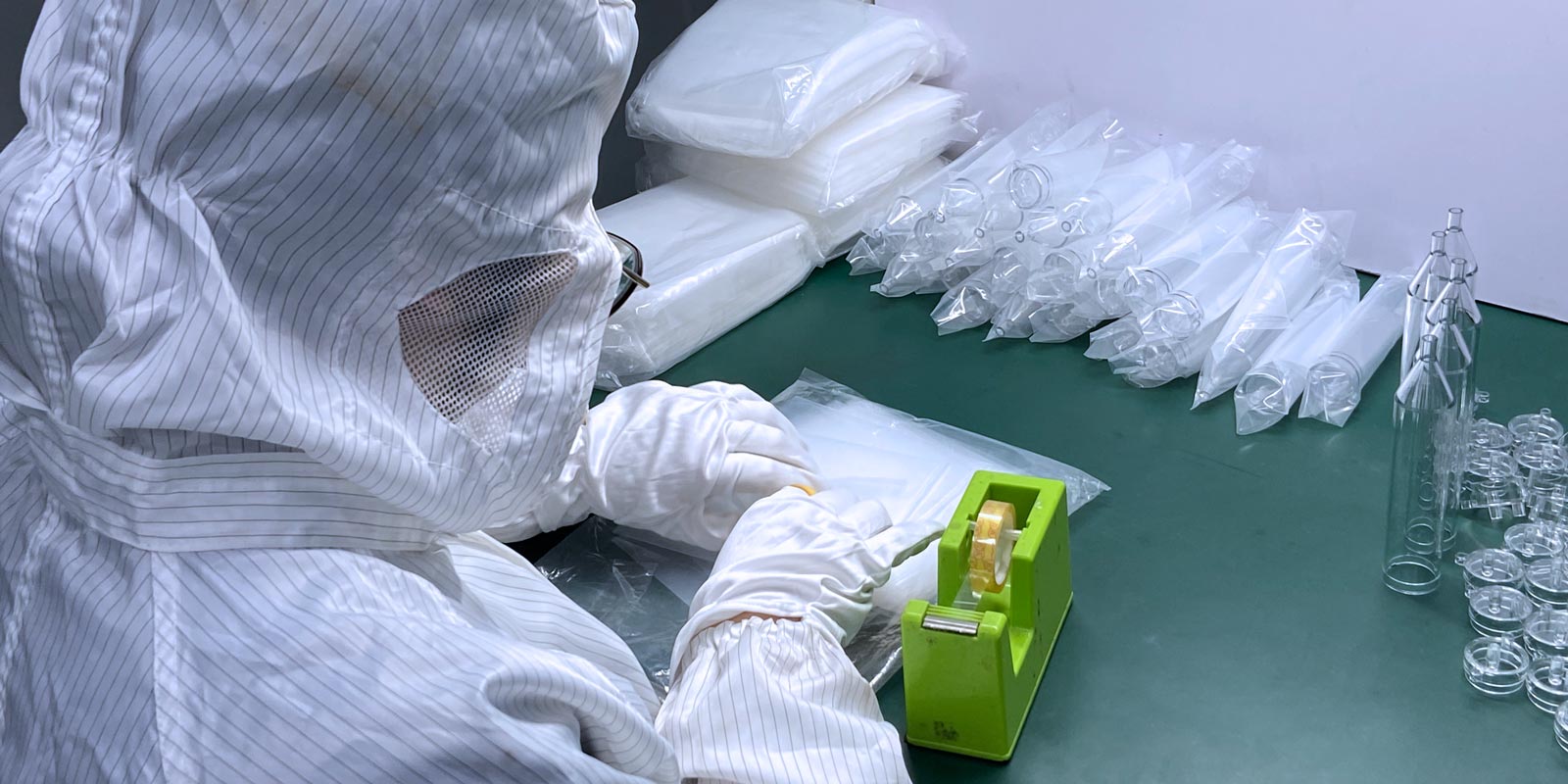
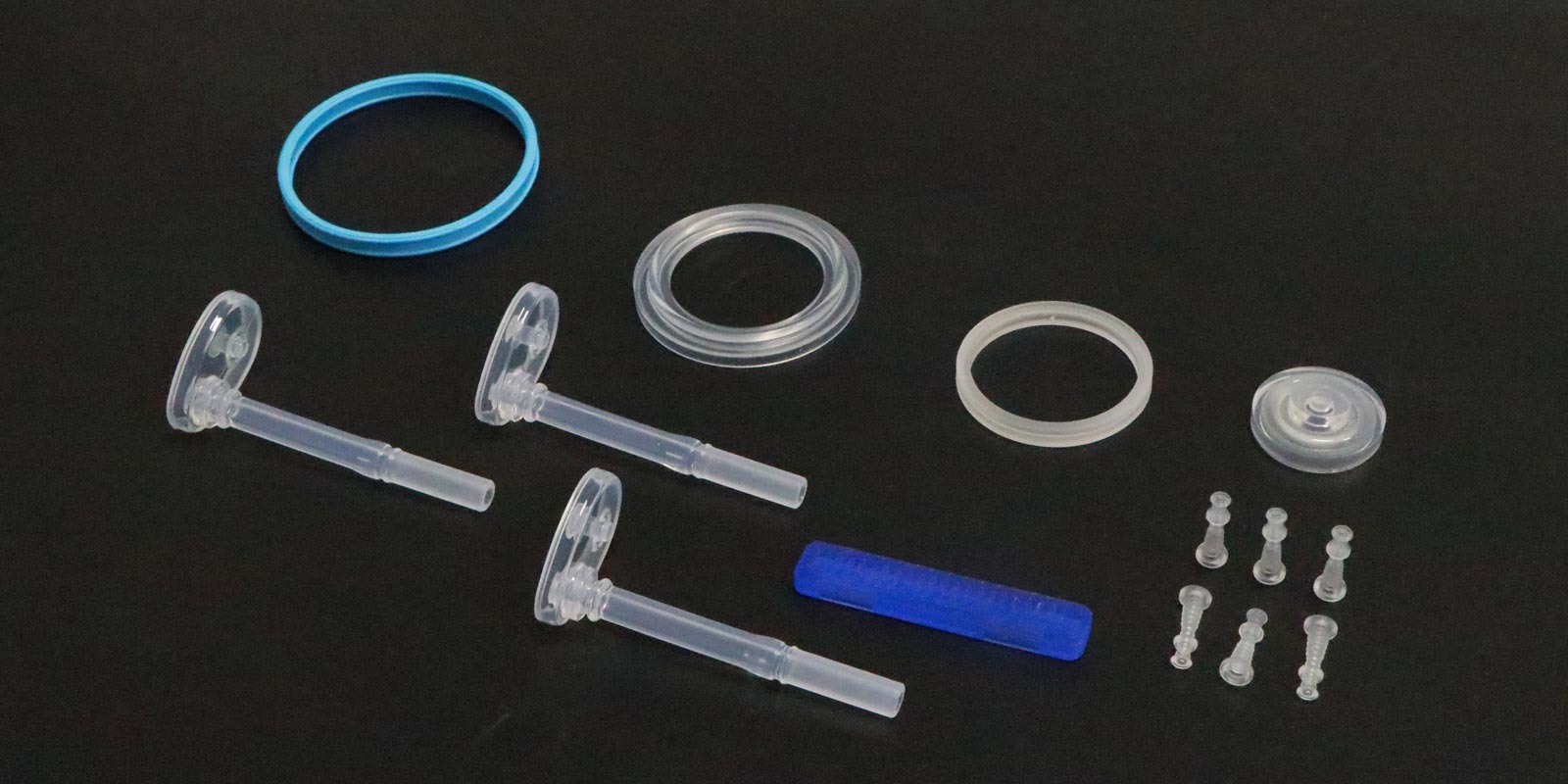











 Home
Home
